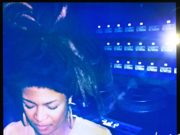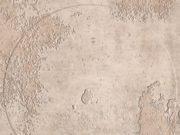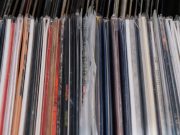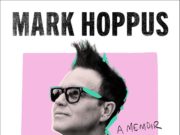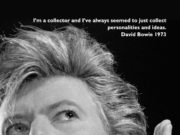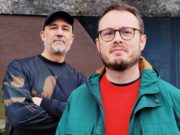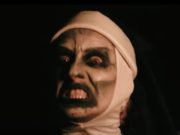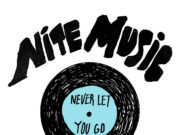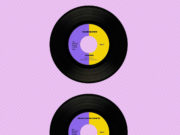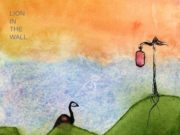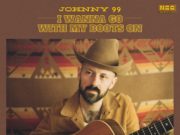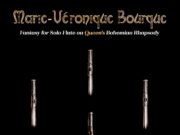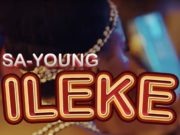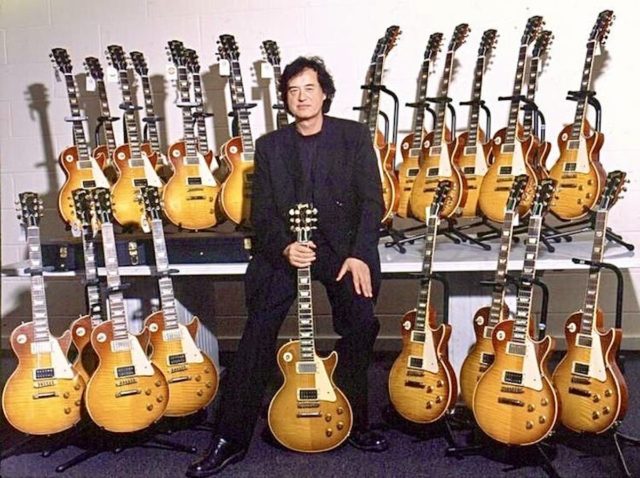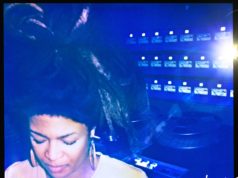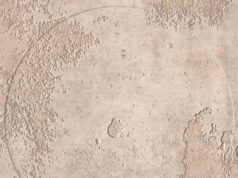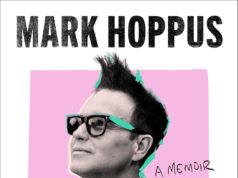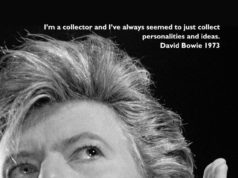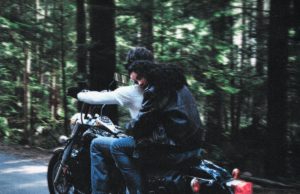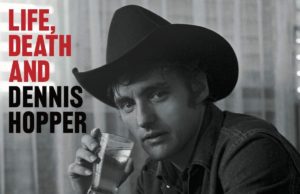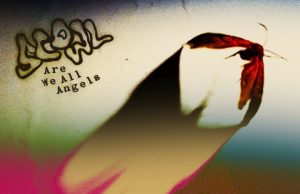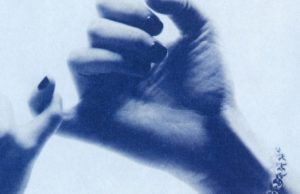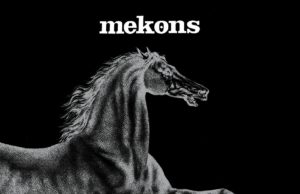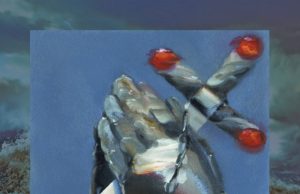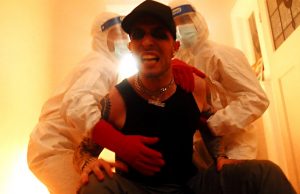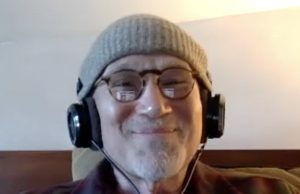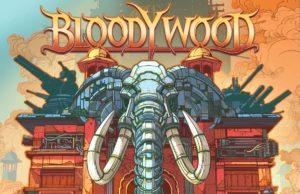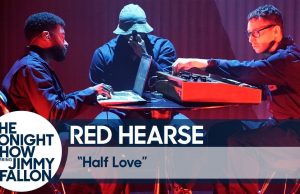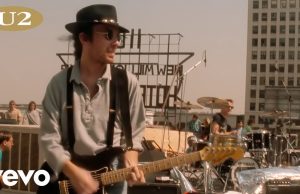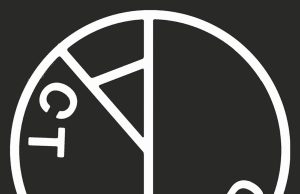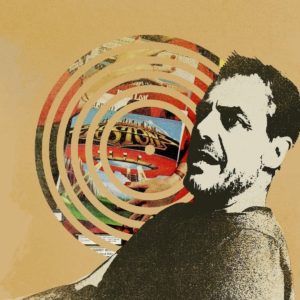 I love tracking session musicians. Probably this started when I figured out as a teenager that Carol Kaye was the bass player on a ridiculous number of my favourite songs. I think she did something like 10,000 sessions over her 65-year career. She’s on Beach Boys records, David Axelrod records, songs by Sam Cooke, Frank Zappa, The Monkees, JJ Cale and even a Frank Black album.
I love tracking session musicians. Probably this started when I figured out as a teenager that Carol Kaye was the bass player on a ridiculous number of my favourite songs. I think she did something like 10,000 sessions over her 65-year career. She’s on Beach Boys records, David Axelrod records, songs by Sam Cooke, Frank Zappa, The Monkees, JJ Cale and even a Frank Black album.
Drummers Jim Keltner and Jim Gordon also played on a stunning number of hit songs. Before he became famous in his own right, Glen Campbell was a heavily sought-after session guitarist. Sometimes these session musicians would form their own bands. Booker T. & The M.G.’s are a pretty good example of this, but so too are Toto, Atlanta Rhythm Section, Alan Parsons Project, Mr. Mister, Klaatu, Steam, Derek & The Dominos, The Band and of course Led Zeppelin.
Bassist/arranger John Paul Jones and guitarist Jimmy Page were prolific. Page was known as “Lil Jim Pea” so as not to confuse him with England’s other prominent session guitarist of the ’60s, Jim Sullivan. Sometimes “Little Jim” and “Big Jim” were both hired for the same session. During this time, Jones usually used his real name name, John Baldwin.
Both these dudes were incredibly young when they started making a living by playing music. Page first appeared on the BBC as the guitarist in the James Page Skiffle Group in 1957 — when he was just 13 years old.
Within three years, he was making as much money as his father, just playing guitar in gigging cover bands like Red E Lewis & The Red Caps and Neil Christian & The Crusaders, and occasionally accompanying beat poet Royston Ellis with improvisational guitar to accompany his poetry performances at the Mermaid Theatre in London.
I believe Page’s first recording was under the supervision of the legendary producer Joe Meek in 1962. He was 18 years old.
Eventualy, the cover band circuit got old and Jimmy got mono — so he packed in the travelling musician racket and went to art school. This is when he re-emerged as a session player, thanks to a good word from engineer — and eventual legendary producer — Glyn Johns. Both Johns and Page are from the same hometown (Epsom in Surrey). Page’s first gig as a session musician came on Nov. 23, 1962 playing rhythm acoustic guitar on Diamonds by Jet Harris and Tony Meehan of The Shadows. It was a No. 1 hit in 1963. Also on the track — and making his first appearance as a session musician, too — was Baldwin / Jones. It was the start of Baldwin’s six-year stint as a session musician which saw him work on hundreds of recordings between 1963 and 1968.
Page wasn’t in the game as much because in ’65 he was hired by Rolling Stones manager Andrew Loog Oldham to be the house producer and A&R man for his new Immediate Records label, and in the summer of 1966 he joined The Yardbirds. Initially, Page played bass before switching to guitar with Jeff Beck. In the weeks before that, the seeds of Led Zeppelin were sown when Page and Jones both appeared on the track Beck’s Bolero — which also featured Nicky Hopkins on keys and Keith Moon on drums. It got Page thinking about the notion of a “supergroup.” Such creations were about to become de rigueur, thanks to notable supergroups like Cream, The Soul Clan, Blind Faith, CSNY, Cactus, Humble Pie, Faces and ELP.
Beck didn’t stay in the five-person Yardbirds for long. Then, in 1968, vocalist Keith Relf and drummer Jim McCarty quit, forcing Page to recruit vocalist Robert Plant and drummer John Bonham into the band. He offered bassist Chris Dreja a role in Led Zeppelin, but Dreja declined, opting for a career in photography. Jones had already expressed an interest, so the “New Yardbirds” quickly and quietly changed their name to Lead Zeppelin, which was tweaked by manager Peter Grant into Led Zeppelin to make the pronunciation clearer. Dreja ended up taking the photo on the back cover of their debut album.
Everyone knows the rest of the story, so I thought I’d examine a much more murky one — those sessions done by Page between 1964 and 1966, focusing on the more surprising ones. You wouldn’t think acts with great guitarists and bass players would have any need for the services of a session player.
Jimmy Page sessions
Acoustic 12-string:
I’m A Lover Not A Fighter | The Kinks (1964)
I’ve Been Driving on Bald Mountain | The Kinks (1964)
As Tears Go By | Marianne Faithfull (1964)
The Last Mile | Nico (1965, also co-wrote and arranged it)
Electric 12-string:
Beck’s Bolero | Jeff Beck (1966)
Acoustic rhythm guitar:
Goldfinger | Shirely Bassey (1964)
Downtown | Petula Clark (1964)
The Crying Game | Dave Berry (1964)
The Pied Piper | Crispian St. Peters (1966)
Electric rhythm guitar:
I Can’t Explain | The Who (1964)
Here Comes The Night | Them (1964)
Ringo’s Theme (This Boy instrumental) | A Hard Day’s Night Soundtrack (1964)
Release Me | Engelbert Humperdinck
Electric lead guitar:
Bald Headed Woman | The Who (1964)
Heart of Stone | The Rolling Stones (1964, released in 1975)
We’re Wastin’ Time | The Rolling Stones (1964, released in 1975)
Baby Please Don’t Go | Them (1964)
Ringo’s Theme (This Boy instrumental) | A Hard Day’s Night Soundtrack (1964)
It’s Not Unusual | Tom Jones (1965)
Sunshine Superman | Donovan (1966)
With A Little Help From My Friends | Joe Cocker (1968)
Jim’s Blues | PJ Proby (1969, with the rest of Led Zeppelin)
One Hit To The Body | The Rolling Stones (1985)
Heaven Knows | Robert Plant (1988)
Tall Cool One | Robert Plant (1988)
Scarlet | The Rolling Stones (1974, released in 2020)
Harmonica:
Stirs Me Up | Otis Spann (1964)
• • •
Area Resident is an Ottawa-based journalist, recording artist, music collector and re-seller. Hear (and buy) his music on Bandcamp, email him HERE, follow him on Instagram and check him out on Discogs.


